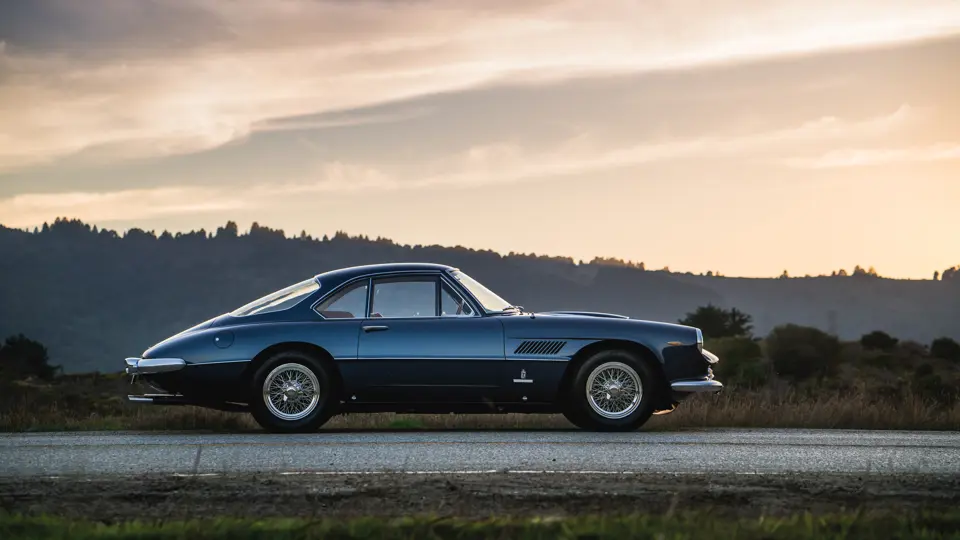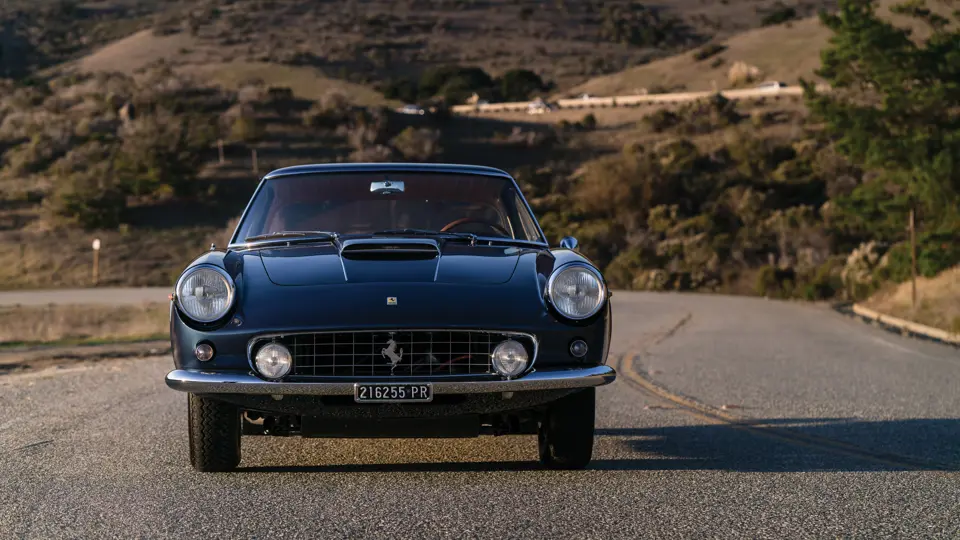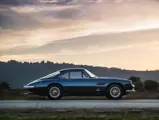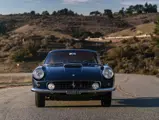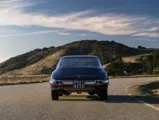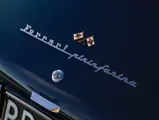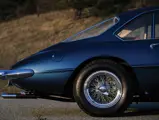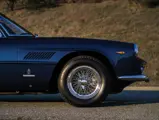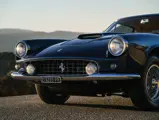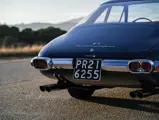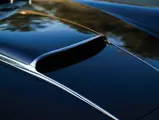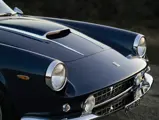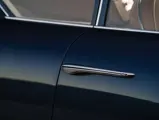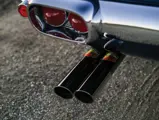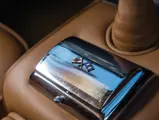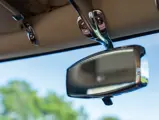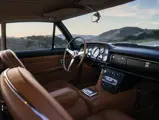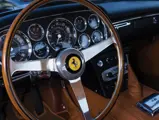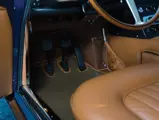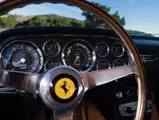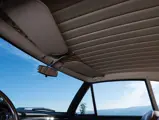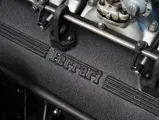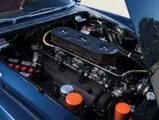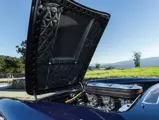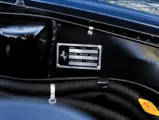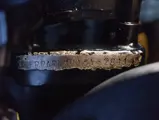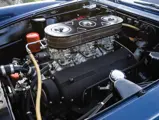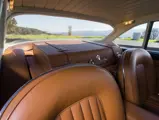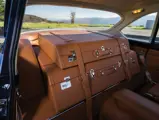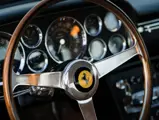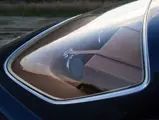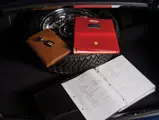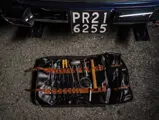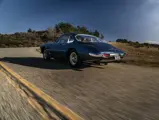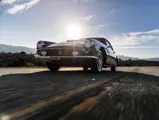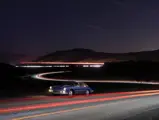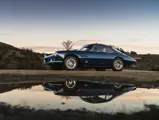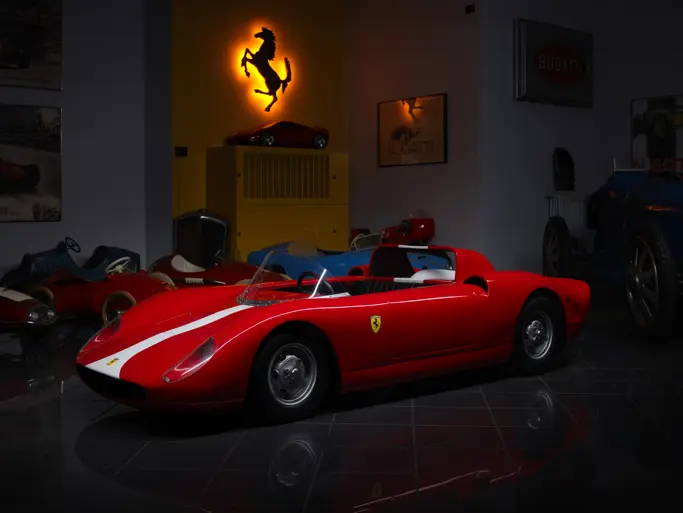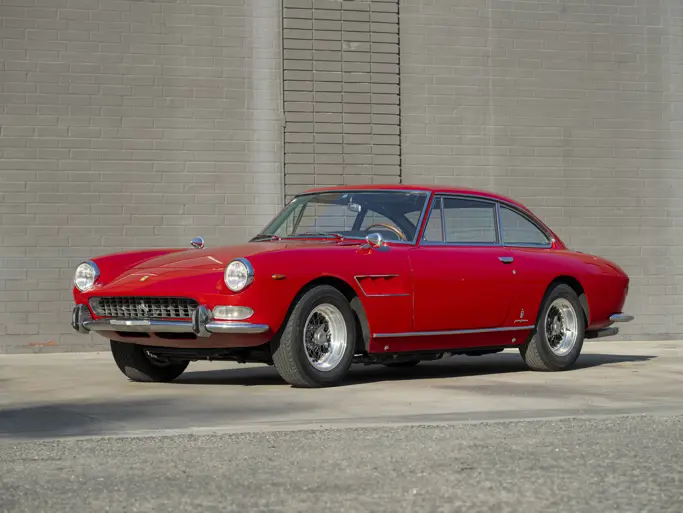
1961 Ferrari 400 Superamerica SWB Coupe Aerodinamico by Pininfarina
{{lr.item.text}}
$3,080,000 USD | Sold
{{bidding.lot.reserveStatusFormatted}}
- Platinum Awards at Cavallino Classic and FCA meets; 99 points at Pebble Beach
- One of only 17 SWB Pininfarina 400SA Coupe Aerodinamicos ever built
- Formerly of the Greg Garrison and Skeets Dunn collections
- Complete with books, tools, luggage, build sheet copies, and extensive documentation
- Ferrari Classiche Red Book certified
- Very likely the finest restored example in existence
340 bhp, 3,967 cc single overhead-camshaft V-12 engine with triple Solex carburetors, four-speed manual gearbox, coil-spring independent front suspension with live rear axle, four-wheel telescopic Koni shock absorbers, and four-wheel disc brakes. Wheelbase: 95 in.
CREATING THE SUPERAMERICA
The high-performance luxury gran turismo was a new automotive idiom in the prosperous years following World War II. The genre had its roots with great pre-war touring cars like Rolls-Royce’s Phantom II Continental and Mercedes-Benz’s supercharged 500 K and 540 K sports coupes. Post-war luxury gran turismos included the Bentley Continental R-Type and, later, the Mercedes-Benz 300 SCs. Moving into the 1960s, these fast, luxurious cars continued to be the car of choice for the rich and famous. Most combined powerful engines with a highly competent chassis and were clothed in unique or limited-production coachwork from inspired designers, equipped to the highest standards, and trimmed in the finest materials.
Ferrari had offered such cars to its very best clients for years. Crafted in tiny quantities, they were superbly fitted and offered sparkling performance. One of the best known of these was the Superamerica and Superfast series—superb cars with price tags that exceeded even Rolls-Royce. The Aurelio Lampredi-designed V-12 engine, which was originally developed for the four-liter GP cars, supplied power for the first-series examples. The 410 Superamerica appeared at the Brussels Motor Show in January 1956 with a 4,962-cubic centimeter “long block” engine that delivered 340 horsepower. Pininfarina’s coachwork was masterful, minimizing the car’s apparent size and conveying the car’s performance potential.
The second-series 400 Superamerica was introduced at the Brussels Motor Show in 1960, when chassis number 1611SA, a two-place cabriolet, was first exhibited. Later, at the Turin Show in November, the Superfast II debuted, providing the inspiration for the Coupe Aerodinamico.
Introduced in 1962 as the Superfast III, the new car would be built between September 1962 and January 1964. A total of 17 examples were built. Unlike the earlier 410 Superamericas, these cars were fitted with the latest version of Ferrari’s legendary Colombo-designed V-12. The lovely design, penned by Pininfarina, featured a tapered nose and tail, creating an elegant, streamlined look. It was this design that earned the model its name: Superamerica Coupe Aerodinamico. It is considered to be one of Pininfarina’s great designs—an artful expression of Ferrari performance with stylistic elegance. Once again, their dizzying price tags ensured that the client base would be restricted to heads of state and captains of industry. These cars represented the pinnacle of Ferrari production to be sure: fantastic 1960s styling, extremely low production numbers, and world-class performance. One must also consider that, given the era, these cars were even rarer than other concurrent Ferrari models, the 250 GTO, the 275 GTB later on, and the 250 GT SWB included.
CHASSIS NUMBER 2841 SA: A WONDERFUL RARITY
Chassis 2841 SA was one of these seventeen 400 SA Aerodinamico SWB Coupes produced. It was completed in September 1961 and finished in Grigio Fumo, or Smoke Grey, with the interior finished in Pelle Rosso, or red Connolly, leather.
In November of 1961, the car was delivered to its first owner, Count Fritz Herbert Somsky, of Geneva, Switzerland. It remained with him for some time, but by the 1970s, the car had been imported into the United States, where it was owned by Barry Le Fave, of Santa Ana, California, who sold it to W.B. LeFace. Fellow California resident Walter Harris then purchased the car; it was advertised by him in 1980, stating that the car was “all original, numbers matching, had a highly tuned engine, and had rebuilt brakes and rear end.” Presumably, as a result of that advertisement, Harris sold the car to the late Greg Garrison, a renowned Ferrari collector and the producer of the Dean Martin Show in Hollywood.
In May of 1999, after almost 20 years of ownership, 2841 SA was sold by Garrison to C.A. “Skeets” Dunn of Rancho Santa Fé, California. In May 2001, the car was shown at the Palos Verdes Concours d’Elegance by Mr. Dunn, and it placed First in Class and won the Meguiar’s Award for best paint. Despite its obviously lovely condition, Dunn eventually elected to undertake a complete restoration of the car, beginning in August 2003. The mechanicals were performed by specialist Bill Pound, with the body and paint done by Symbolic Restoration in Sorrento Valley, California.
The car went through an exhaustive and comprehensive Ferrari restoration, where it was disassembled down to every nut and bolt. The body was stripped to bare metal, and every panel and piece of chrome was carefully fitted before re-painting or re-plating. Finally, the body was meticulously refinished in Blu Sera, while the interior was carefully re-trimmed in natural saddle leather. The entire restoration, costing in excess of $400,000, is documented by an accompanying file of restoration receipts and several dozen photographs. Most importantly, the car is also accompanied by copies of its original Ferrari build sheets.
Upon completion of the restoration in mid-2006, Skeets Dunn elected to show 2841 SA at the 2006 Pebble Beach Concours d’Elegance, where it scored 99 points in the class for Ferrari GT cars, a remarkable result for a first-time showing, particularly when one considers that the judges included none other than Paul Russell, David Seilstad, and Parker Hall. Later, in January 2007, the car was shown once again at the XVI Palm Beach Cavallino Classic Concours d’Elegance at The Breakers in Palm Beach, Florida, where it won a coveted Platinum Award. It has since been shown many times, accumulating a string of Platinum and First in Class awards. As a testament to the preservation of this extraordinary car, 2841 SA was awarded a Platinum Award, scoring 99.5 points at the 2013 Ferrari Club of America Concours in Pasadena.
The car was shown at the 2014 Pebble Beach Concours, where it won Third in Class. Prior to its showing at Pebble Beach, the car was fully prepared and brought back to as-new condition by Brian Hoyt at Perfect Reflections. It was also shown at the 2015 Hillsborough Concours, where it won First in Class and the Best Post-war Closed Car award.
Today, the car looks amazing. The quality of the paint is pristine. All the body panels fit precisely and effortlessly. The chrome does not have any signs of wear and tear. The undercarriage is spotless, and it shows the care and the lengthy work that made this car one of the best Superamericas ever restored. No corners were cut on the restoration, which can be admired by looking at the undercarriage. The interior still remains in excellent condition, and it gives the car the extra touch of originality and elegance that makes it so amazing all the way around. However, one can only appreciate the full extent of this restoration’s execution when one closes the door and turns the ignition key. The even sound of the engine, the effortless clutch, the responsive throttle, and the precise gearing make the driving experience beyond divine.
Adding to the car’s extraordinary presentation, it comes complete with books, tools, a jack, and an extensive history file, including the coveted Ferrari Classiche certification book, as well as the aforementioned restoration records and copies of the factory build sheets.
With just 17 built, it is certainly true that any 400 SA Superamerica SWB Coupe Aerodinamico is extremely rare. This example is all the more unique for its well-known ownership history and its high-point, professional restoration, making it arguably one of the best available examples of the 400 Superamerica and, very likely, the finest restored example on the planet. Furthermore, when one considers its supreme rarity, particularly in relation to its brethren in the Ferrari stable, be it a 275 GTB, 250 GT SWB, or perhaps even a GTO, it becomes readily apparent that the opportunity to acquire such a car will not come again soon, and perhaps never again. It is a motor car of supreme scarcity, exclusivity, power, and elegance, the likes of which the motoring community may never see again.




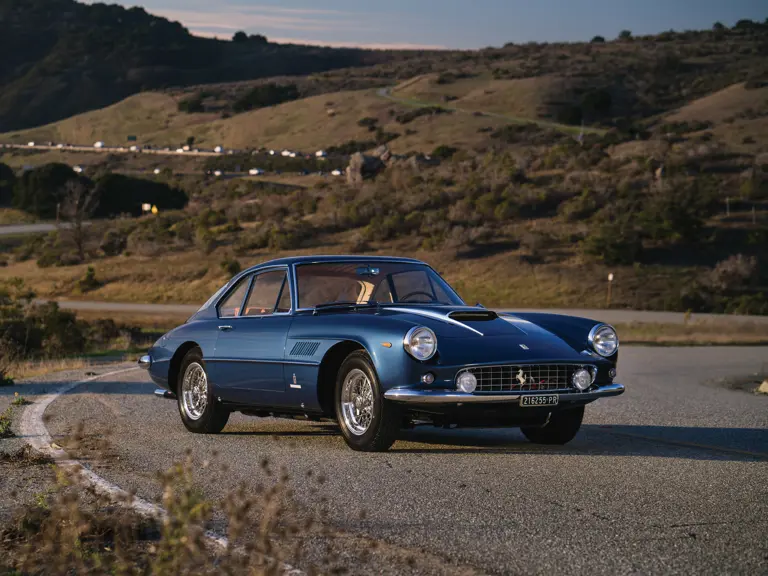
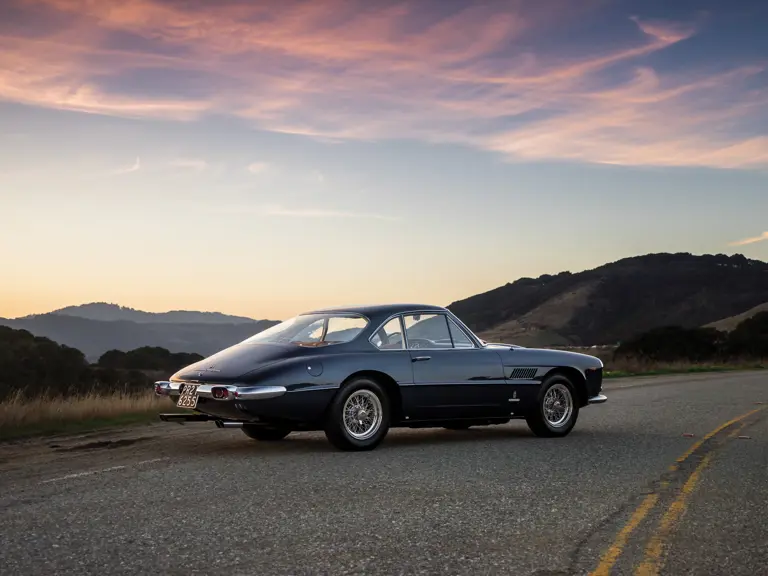
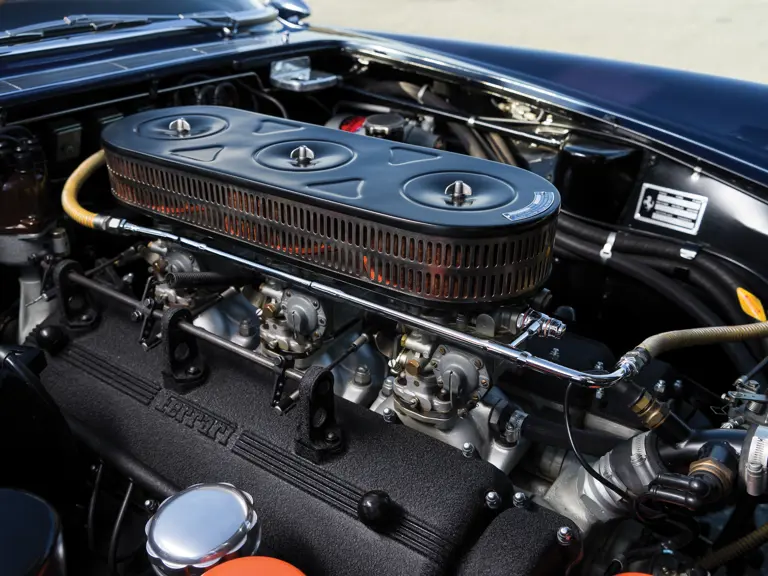
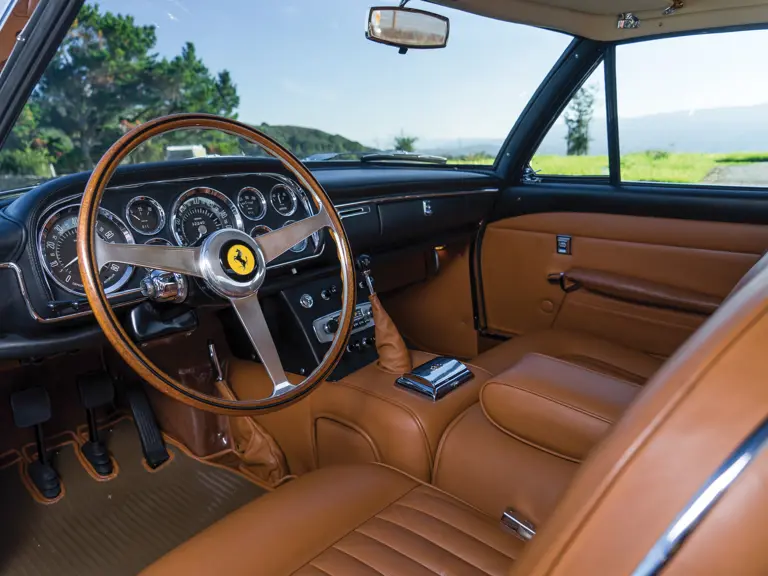

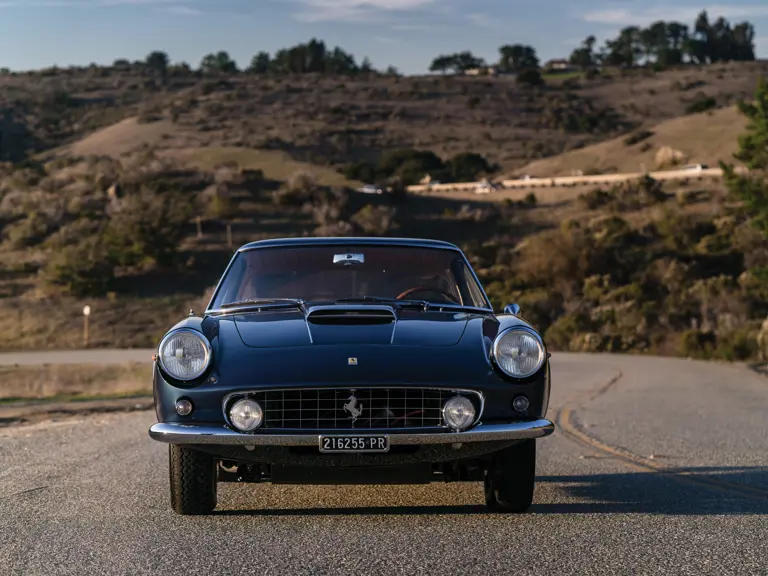
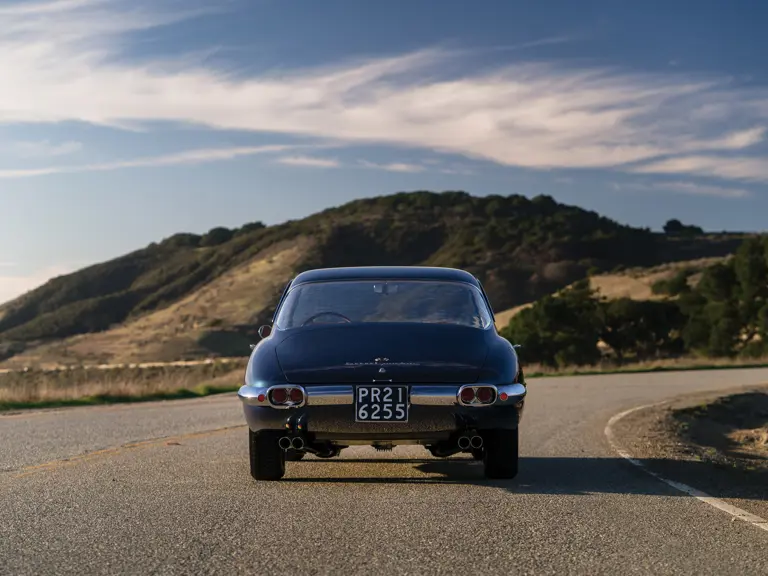
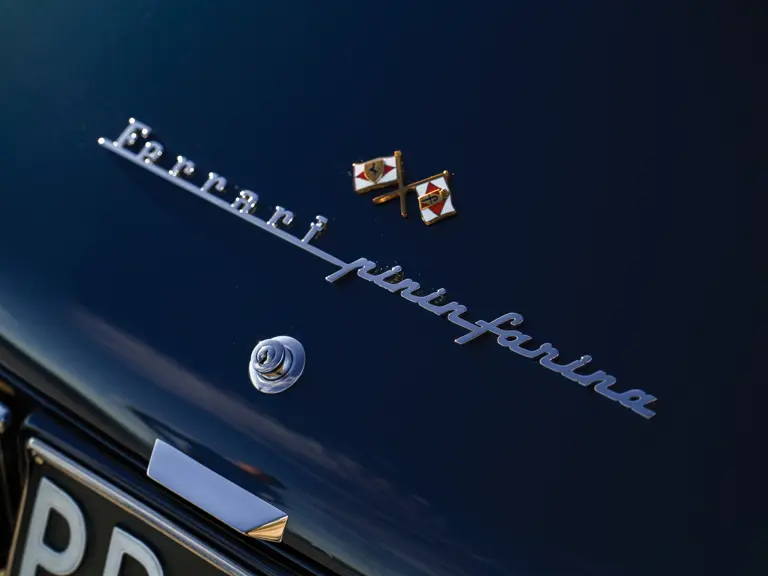
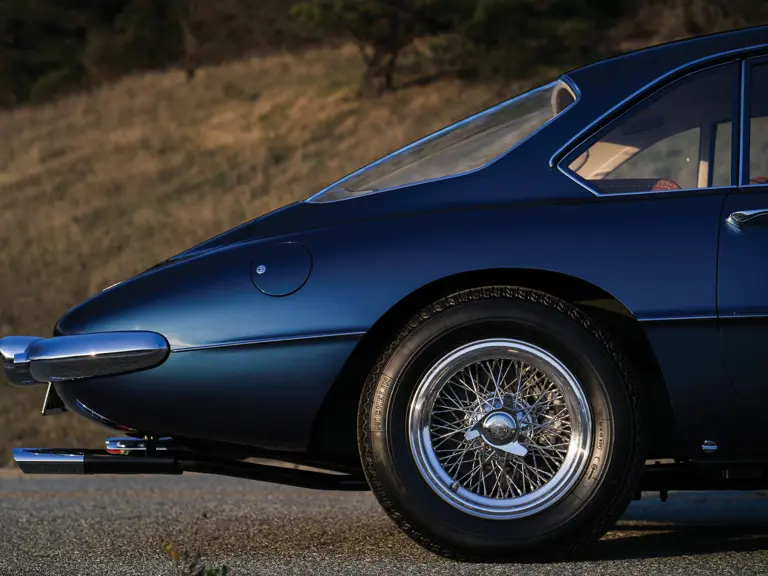
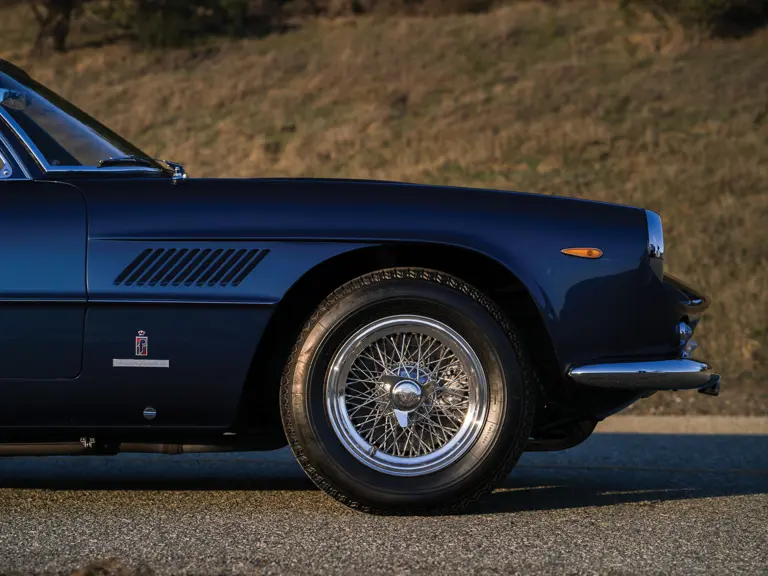
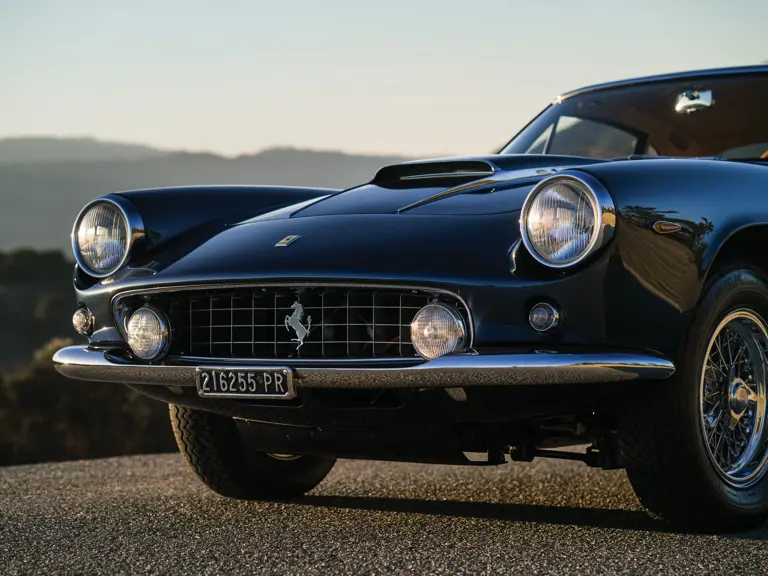
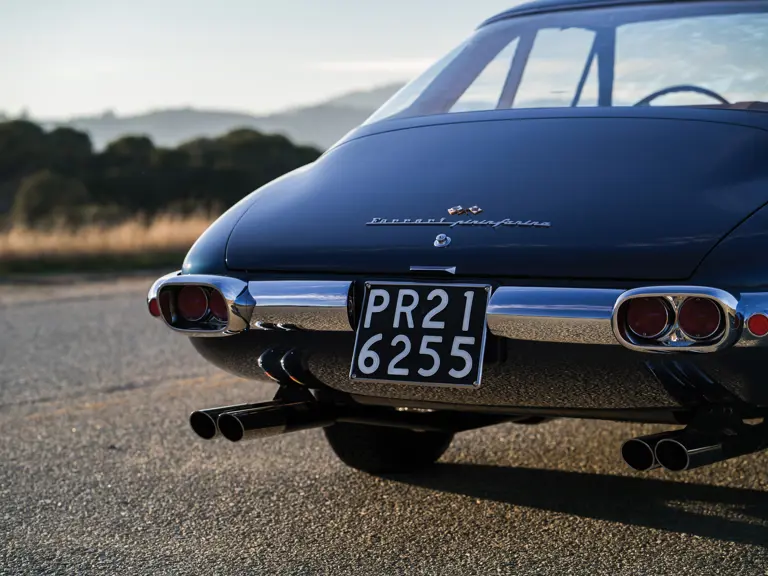
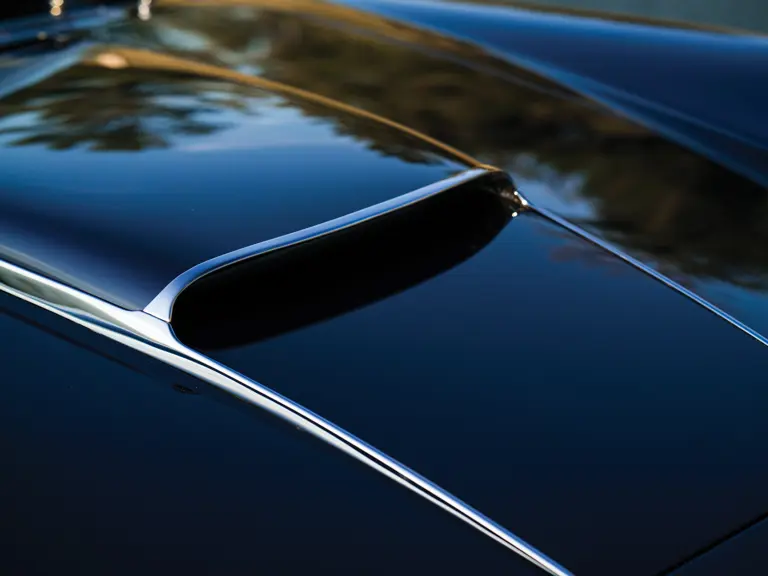
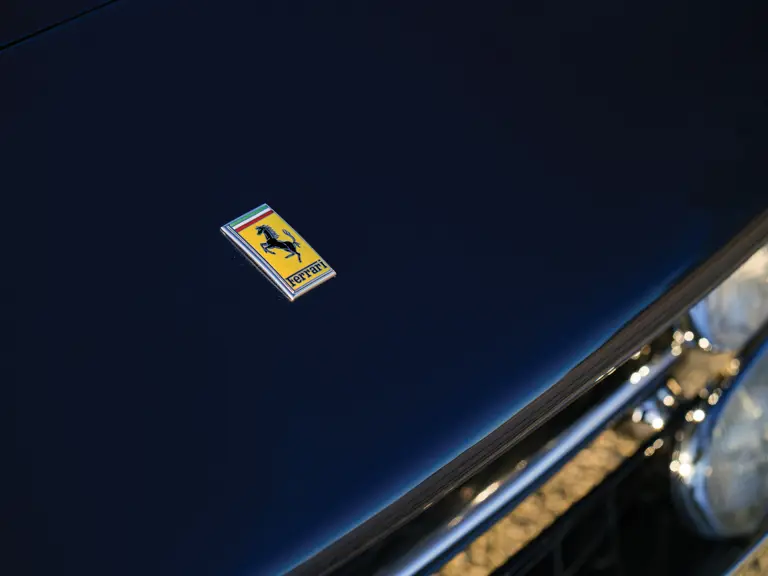
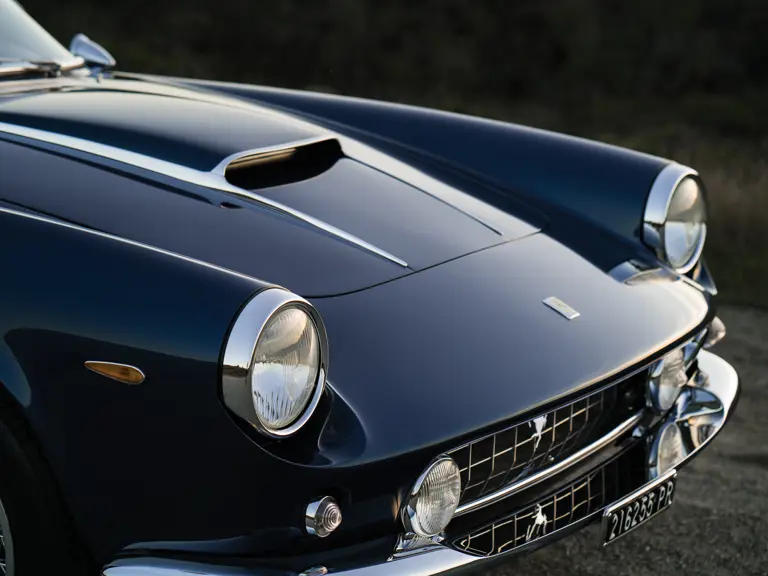
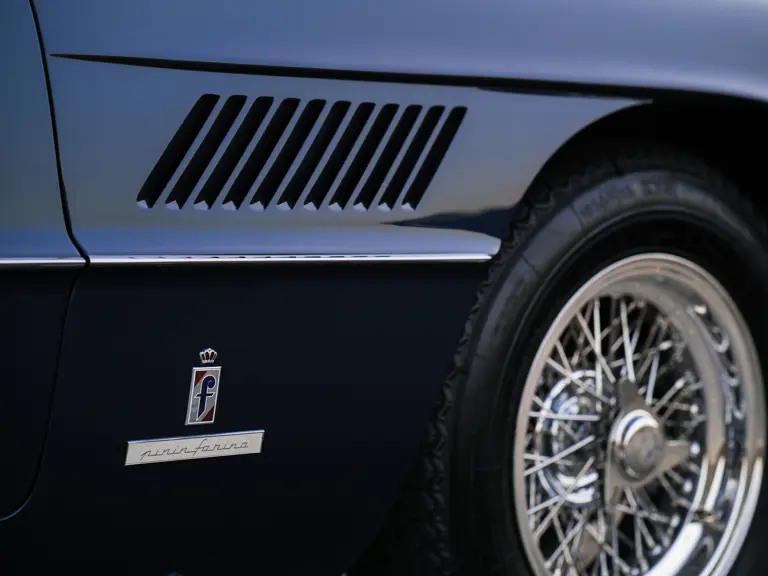
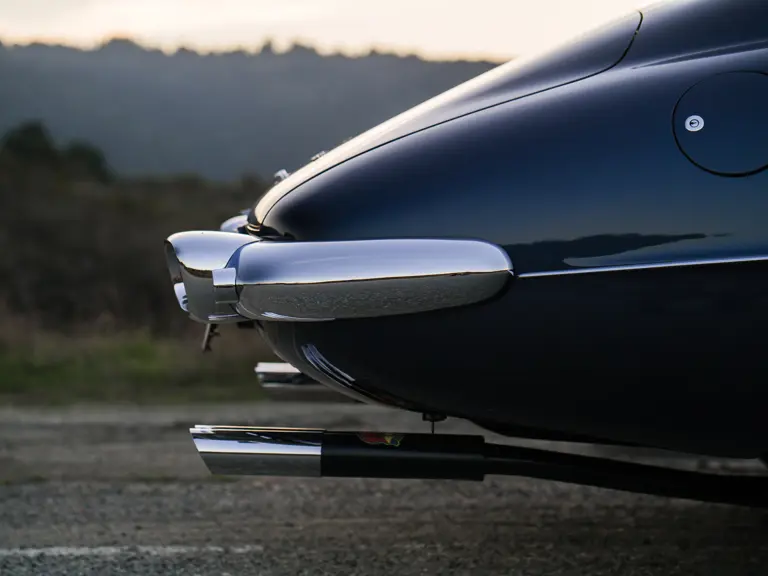
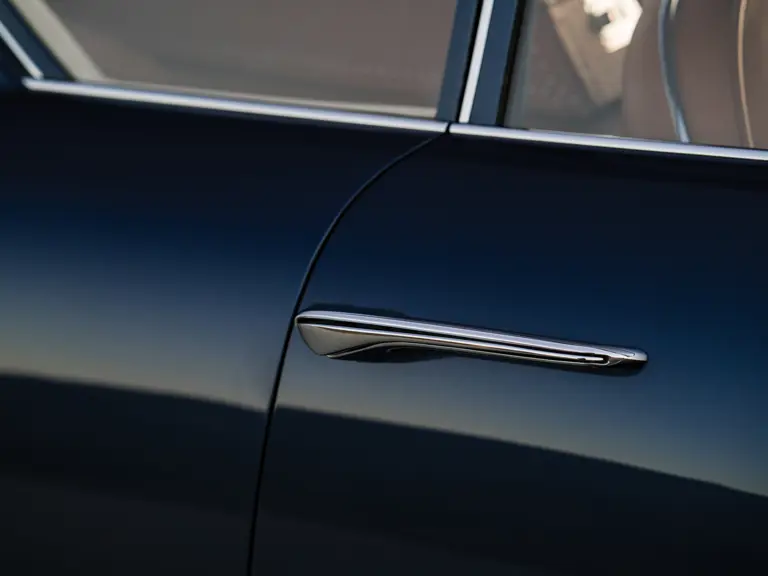
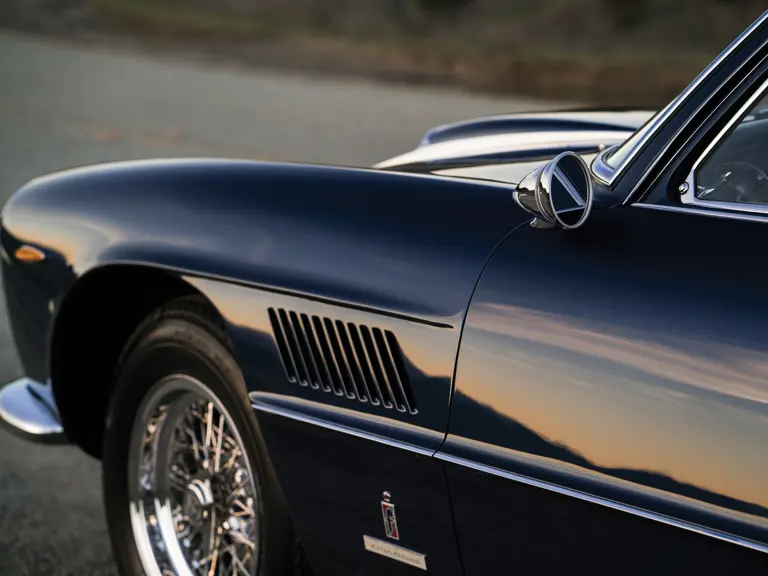
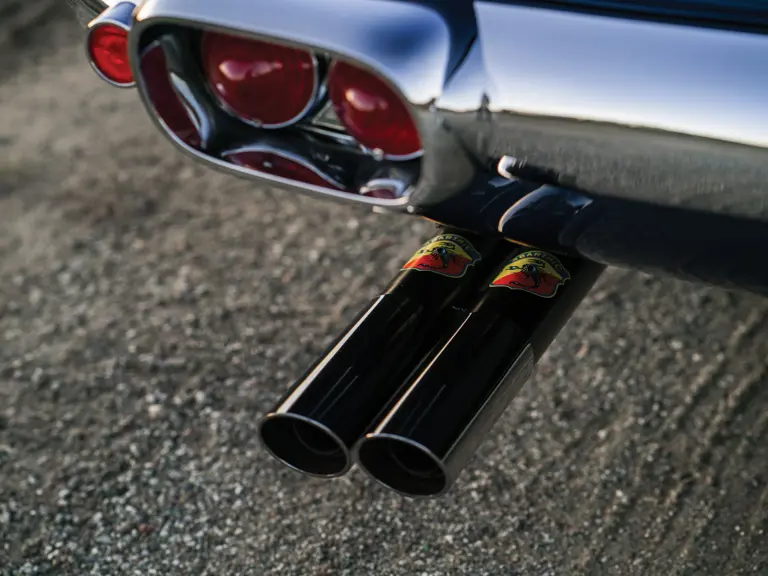
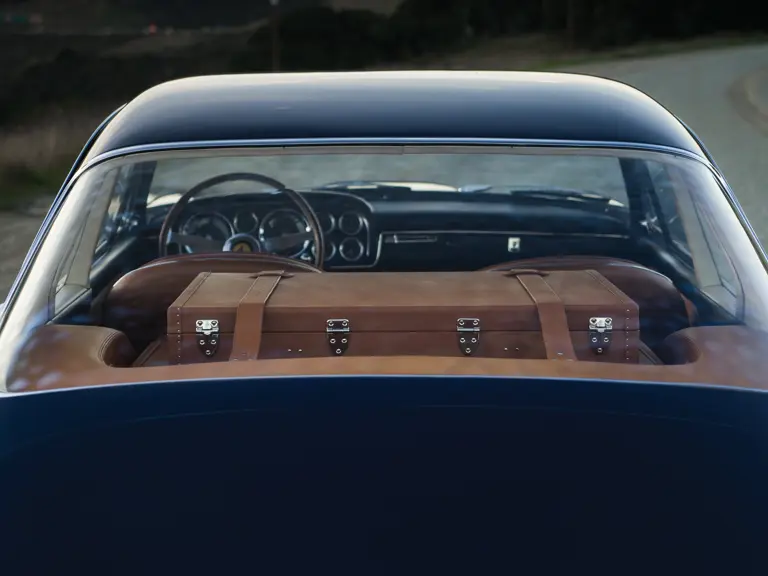
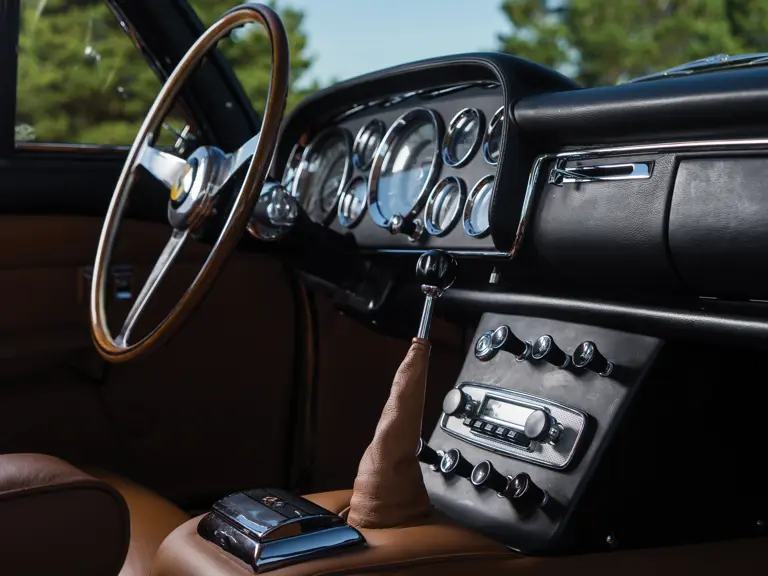

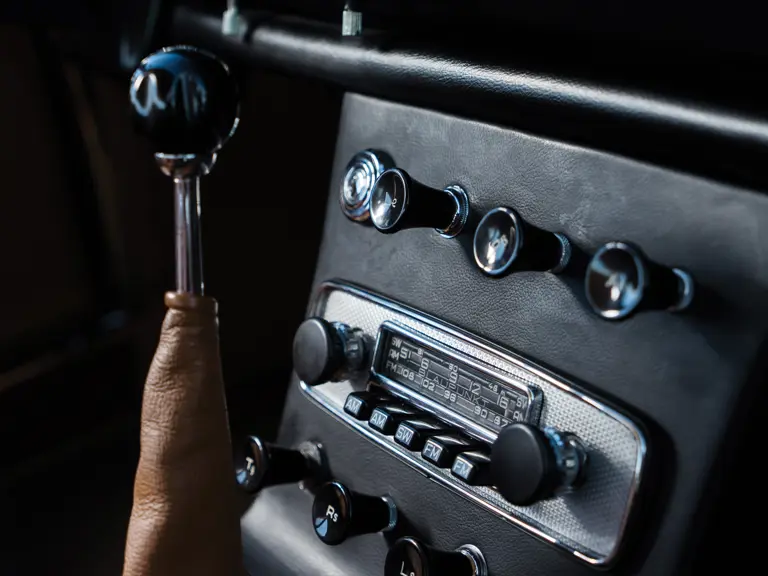

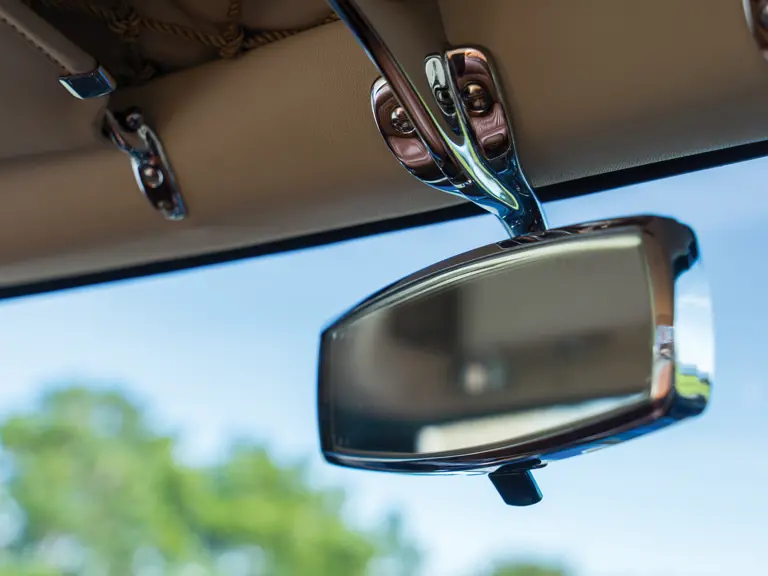
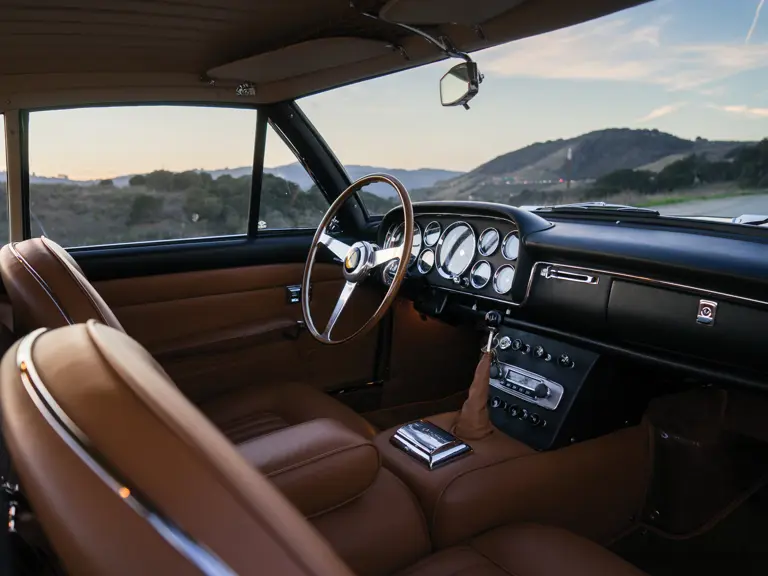


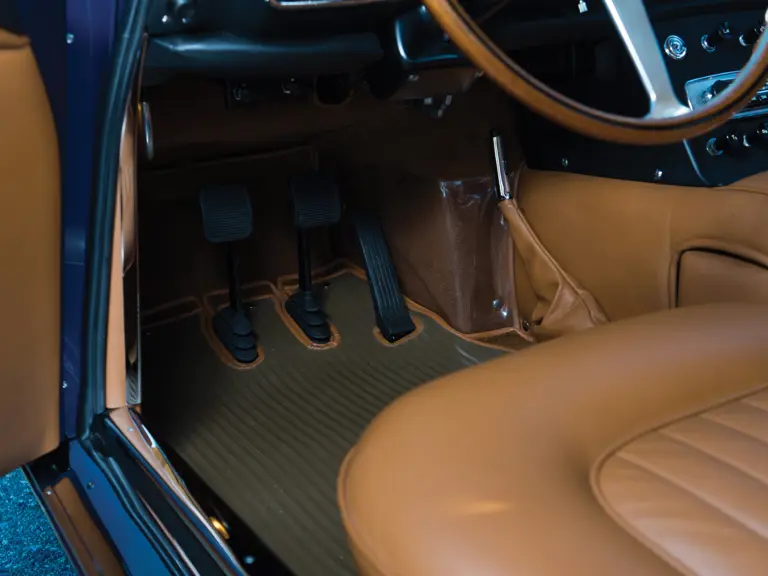
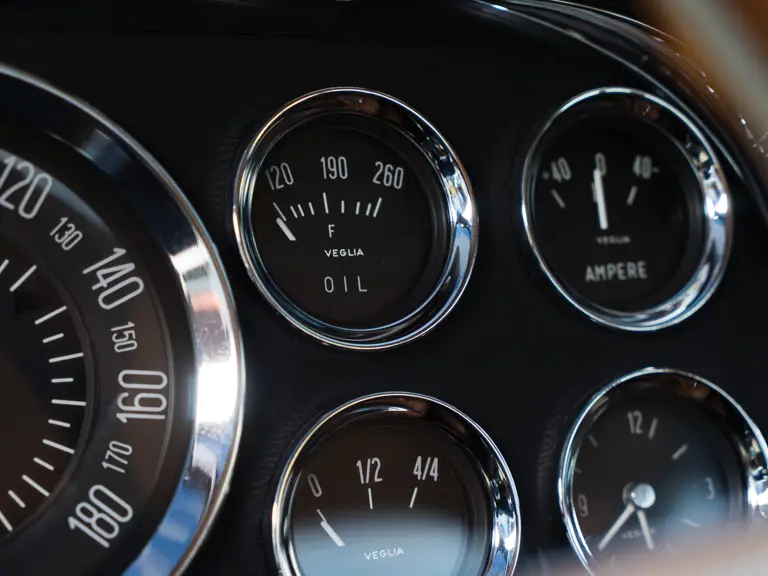
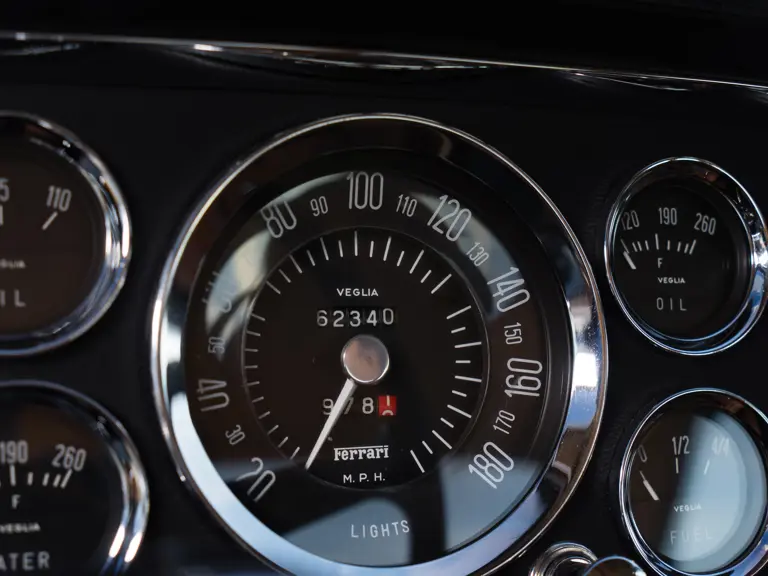
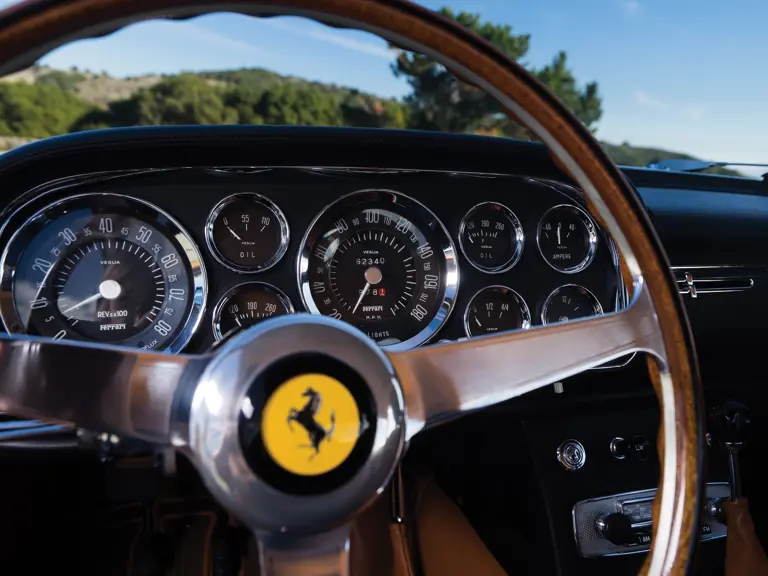




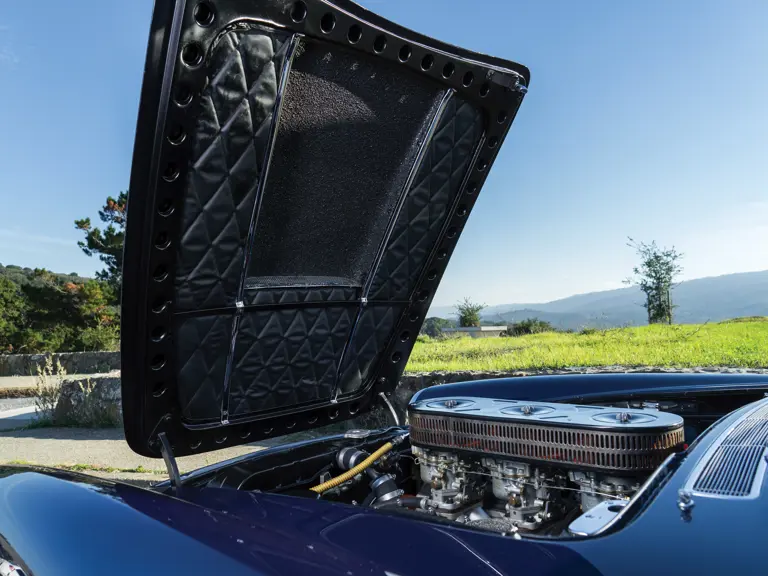
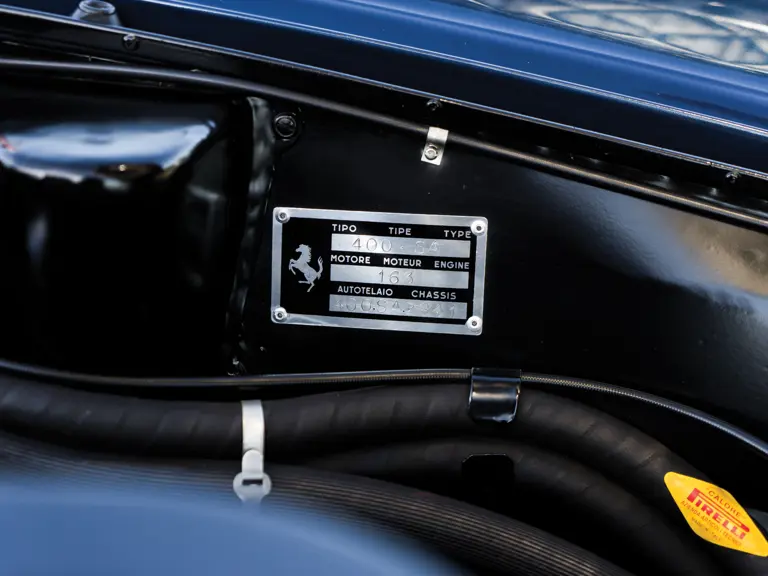




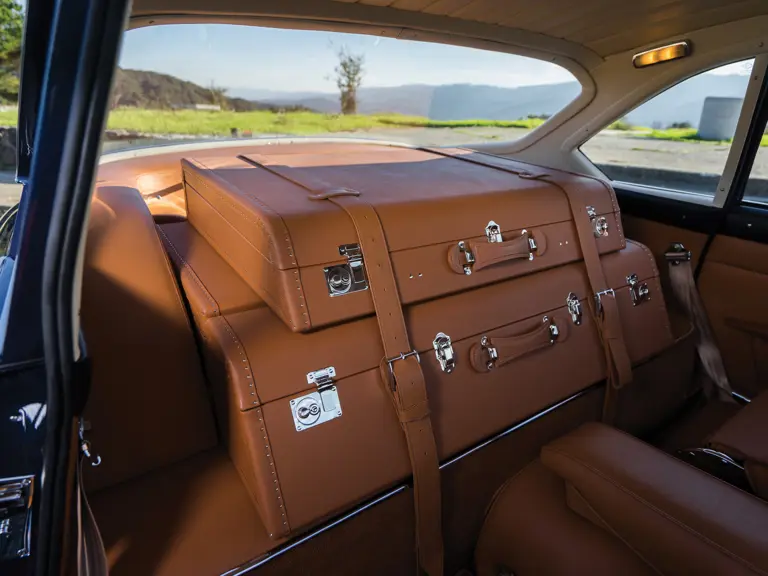
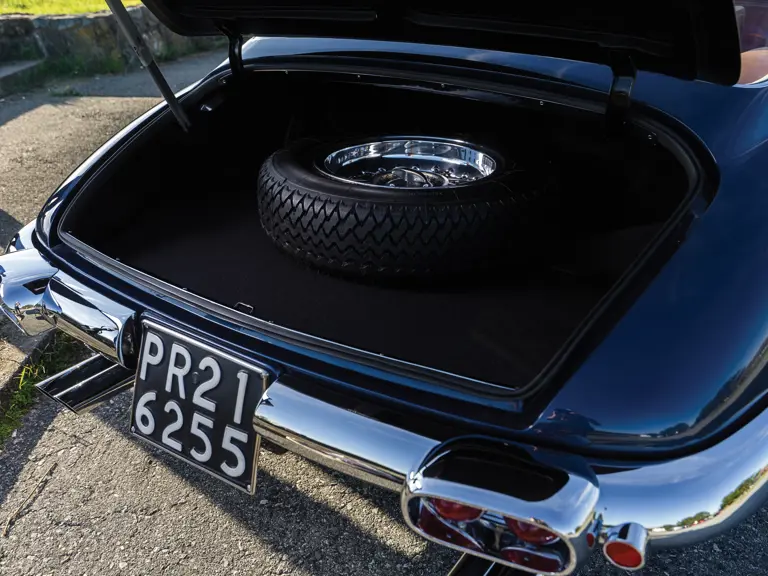
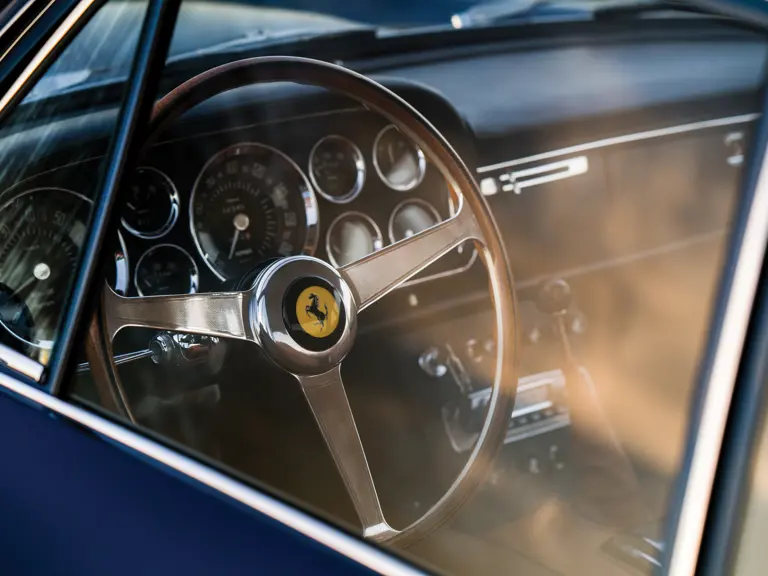
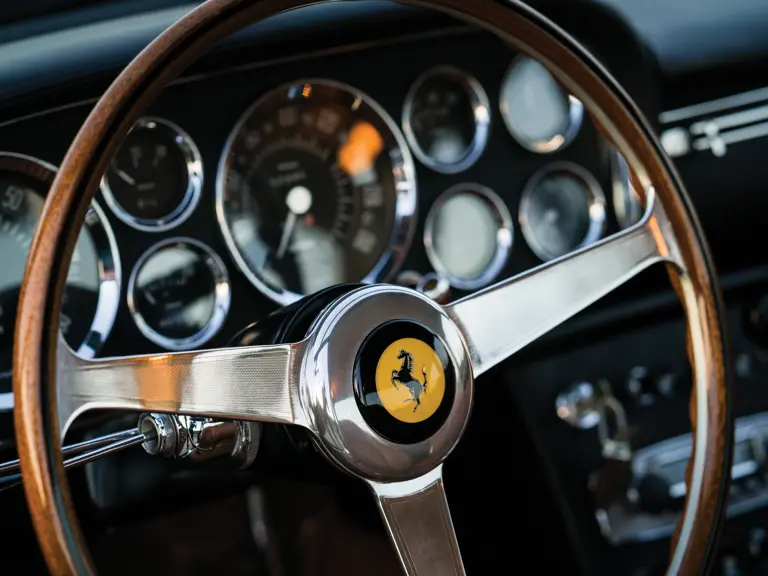
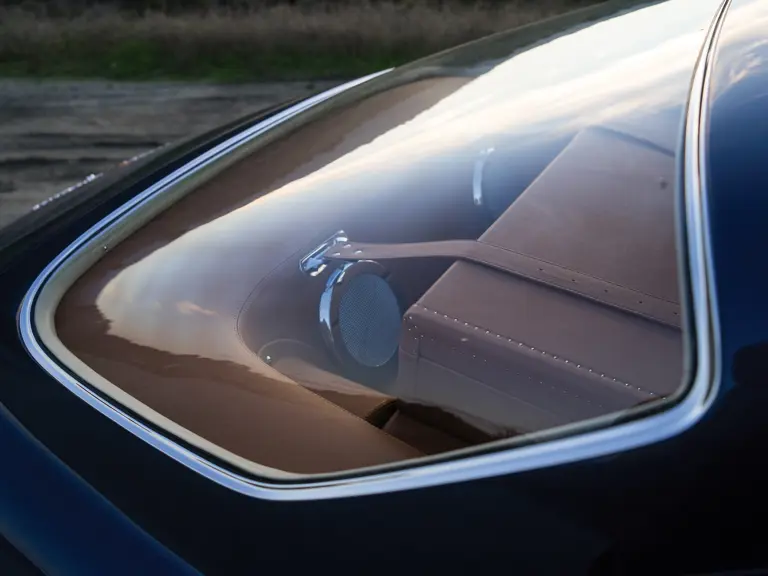
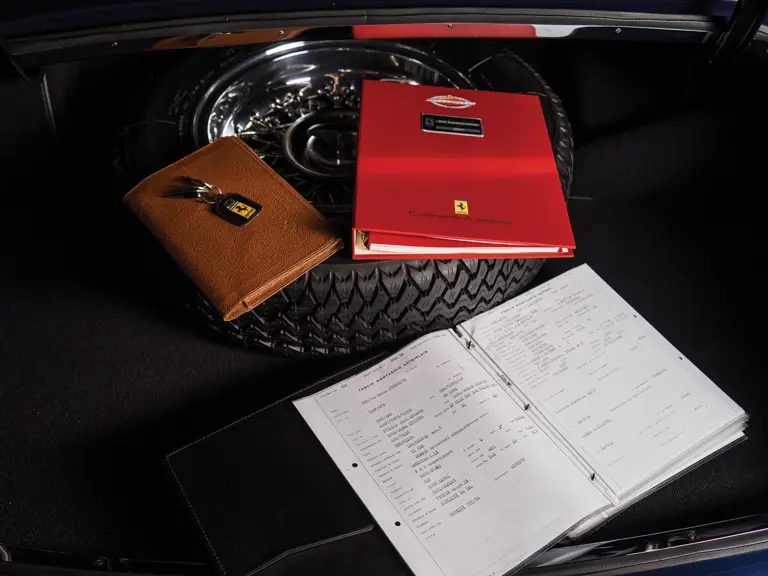
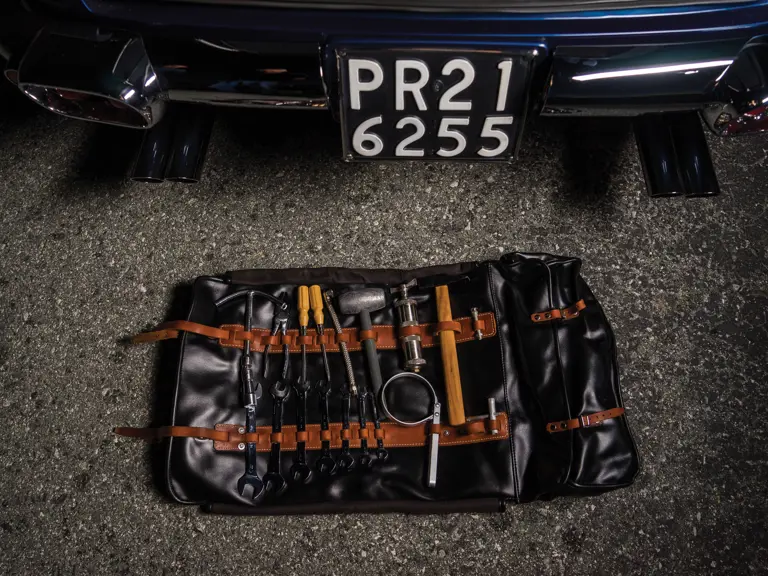
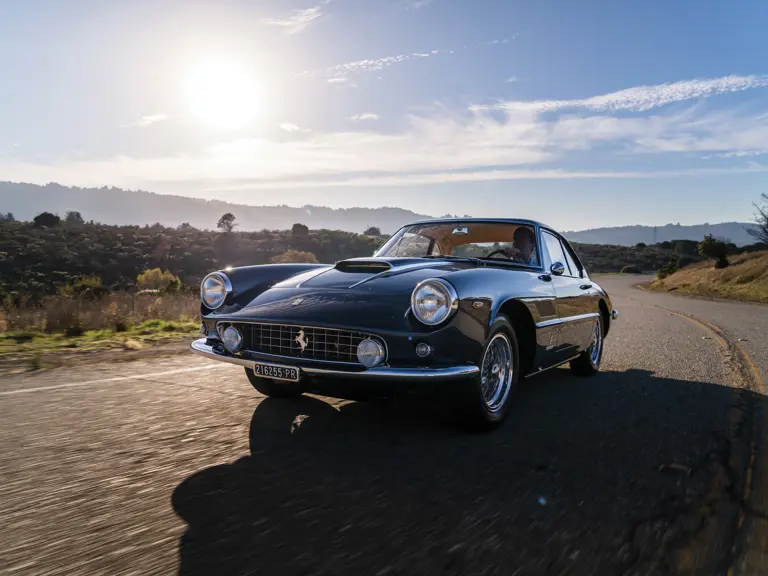

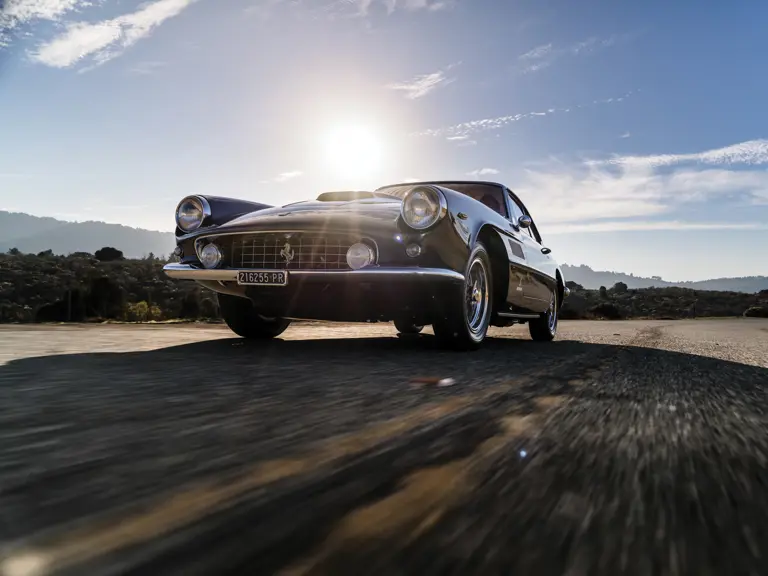
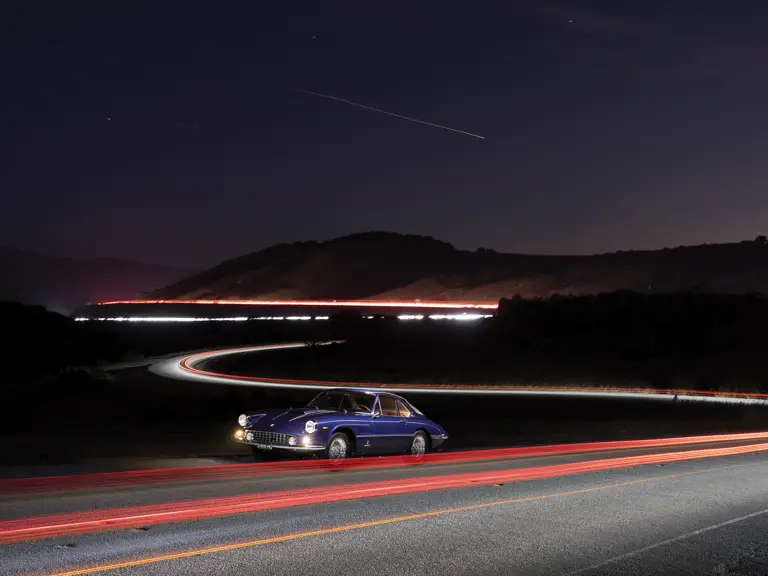
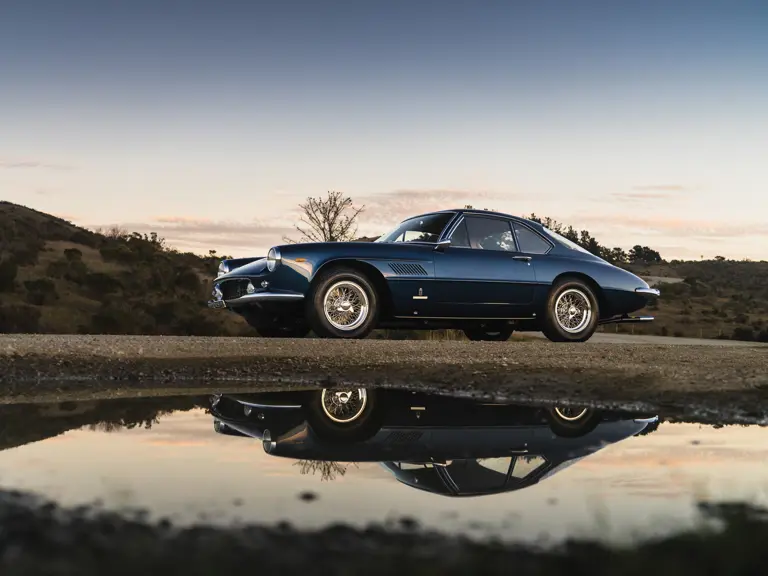
 | Phoenix, Arizona
| Phoenix, Arizona
